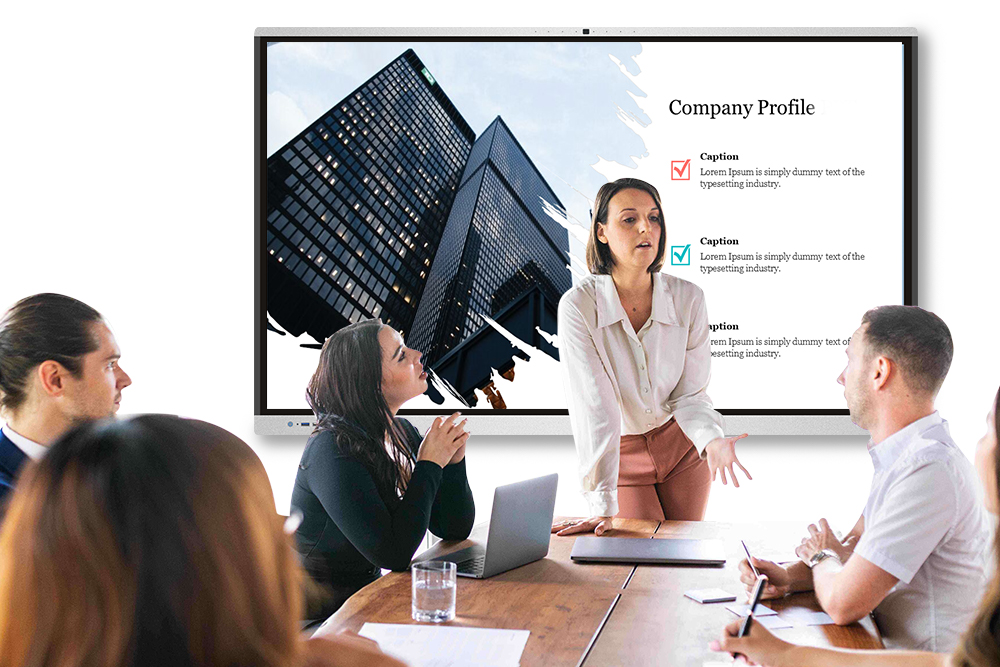How are interactive flat panel displays different from smart TVs?
In today’s technologically advanced world, the options for display devices are endless. Two popular options for personal and professional use are smart TVs and interactive flat panel. While they may look similar at first glance, there are a few key differences that set them apart. In this blog post, we’ll delve into these differences and explore why interactive flat panel displays are becoming the go-to choice for meetings, conferences, teaching, and even hospital environments.
First and foremost, let’s discuss the main purpose of each device. Smart TVs are primarily used for entertainment purposes, offering a wide range of streaming services, gaming features, and internet browsing. Interactive flat panel displays, on the other hand, are specifically designed for collaboration and productivity. With its dual system, including Android and OPS computer with Windows, it provides users with seamless compatibility and multifunctional operating system.
One of the outstanding features of the interactive flat panel is its capital touch technology. Unlike the sluggish and imprecise touchscreen on a smart TV, the touch response on an interactive flat panel is surprisingly smooth and accurate. The pure flat screen further enhance the user experience, creating a clean and immersive environment. This makes them perfect for interactive teaching, where teachers can easily engage students with interactive lessons and activities.
These benefits are not limited to the education sector, as interactive flat panel displays provide great value across a wide range of industries. In professional environments such as conferences, these panels allow for seamless collaboration and effective presentations. The ability of interactive flat panel displays to support various file formats and enable real-time annotation proved to be a game changer in facilitating discussions and brainstorming sessions.
Even hospitals find interactive flat panel displays very useful. Doctors can easily display medical images and records, making it easier to explain diagnoses and treatment options to patients. The intuitive interface and user-friendly design simplify the workflow of healthcare professionals, ultimately improving patient care and treatment outcomes.
In conclusion, while smart TVs are great for entertainment purposes, interactive flat-panel TVs go even further, providing a superior user experience for collaboration, teaching, and productivity. These panels are revolutionizing the way we communicate, learn and work with their advanced features such as advanced haptics, frameless design and pure flat screens. Whether you’re in a classroom, conference room, or hospital, interactive flat panel displays deliver the versatility and features you need to enhance collaboration and increase productivity. So next time you’re considering choosing a display device, look beyond smart TVs and explore the world of interactive flat panel displays.
Post time: Sep-08-2023
 +86-0755-29645996
+86-0755-29645996 kerry@ei-whiteboard.com
kerry@ei-whiteboard.com









